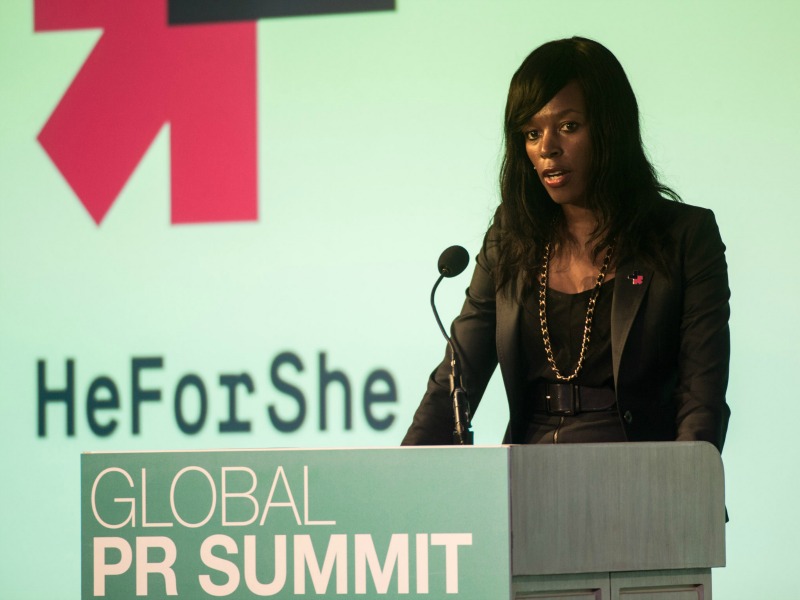Paul Holmes 29 Oct 2014 // 8:45PM GMT

MIAMI—Companies can learn from nonprofits, government agencies and even passionate individuals when it comes to mobilizing people around an issue and creating a mass movement, attendees at the third Global Public Relations Summit heard from panelists at a session led Ogilvy Public Relations chair Christopher Graves.
Graves, who has a passion for neuroscience, has identified six powerful drivers of a mass movement:
· The cause: People need something to battle against, and some level of inaction to overcome;
· Competition: Movements are driven by the desire to be part of a group, but also by the desire to compete;
· Individual story: “The identifiable victim effect” is very powerful, meaning that individual stories are more powerful that stories about hundreds of thousands of sufferers;
· Identity: People crave recognition. “Some of the payback I want for being part of movement, is others knowing I am part of that cause,” Graves said.
· Participation: It’s important to create easy ways for people to participate.
· Social proof: The driver here is “memetic desire,” which means people covet things more if they believe other people desire those things too.
The panel heard from several people who have started mass movements, including Elizabeth Nyamayaro, executive director of the UN Women campaign and a driving force behind the HeForShe campaign, which sought to evolve men in the battle for gender equality—a campaign that made headlines after a passionate launch speech by Emma Watson generated hostility among misogynists but alas well as tremendous support for the cause.
“Unless we made gender inequality an issue that matters to men and women, we knew that gender equality would never be a reality,” Nyamayaro told the audience.
The resulting campaign used an online map of the world, with every country colored grey. Countries turned magenta—the campaign color—when someone from that country committed to supporting the campaign. Within three days of launch, the whole world was magenta.
“We found that in order to create a movement, you need a good strategy. We found that you needed to be explicit in your call to action. At the same time, you need to allow organic movements to happen on their own. Men in Zimbabwe—my home country—started a husband school, teaching men how to be good husbands and good fathers. And finally, surround yourselves with smart people, people who are smarter than you.”
Ken Tanabe, teacher at the Parsons New School of Design, is also the founder of Loving Day, named for the Lovings—the American couple arrested for their interracial marriage in the 60s.
Tanabe identified the five steps that he followed to create Loving Day:
· It started with his own experience, his Japanese-Belgian parents, his early punk rock phase.
· He used the tools he had at hand, drawing on his role at Parsons and his knowledge of graphic design to make the idea real.
· Finding the right space at the right time, with more inter-racial marriages and broader acceptance.
· Making unexpected friends and forging unexpected collaborations, working with a nonprofit that uses global hip hop to make a difference—a group that understood how to plan events.
· Learning from your supporters. One student group, for example, suggested changing the time of the event from June (when the Lovings married) to Valentine’s Day, to members who sparked a viral phenomenon by having her own tattoo of the logo.
The session also featured Stephane Orhan, managing partner at Ogilvy and one of the architects of the Dove “Real Beauty” campaign, which has applied the techniques of “movement-building” to the brand realm.


































.jpg)

















